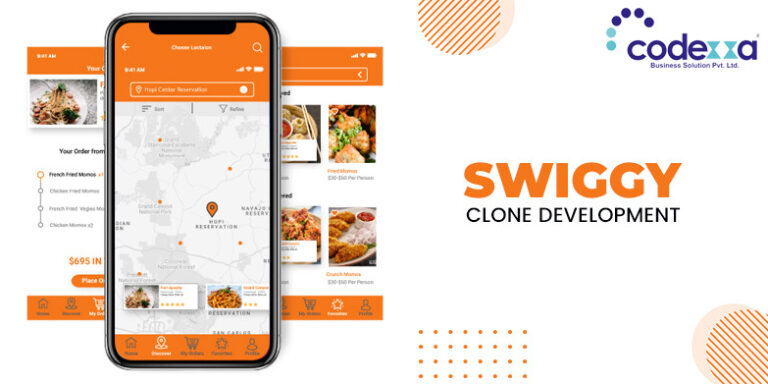Mobile App Development Cost Reduction Tips & Strategies
It’s difficult to imagine any company operating without either a client-facing or a business-facing app. Despite the fact that aggregators have popularised apps by providing convenience to mobile users, most medium-sized businesses with a large number of transactions or operations will find the need for an app to provide transformative value.
In the IT industry, there is a common misconception that only large-budget companies can plan, execute, and develop flawless mobile apps. Small businesses and aspiring entrepreneurs should be encouraged to launch mobile applications, keeping in mind that there are ways to cut the cost of mobile app development. It’s difficult to imagine any company operating without either a client-facing or a business-facing app.
Simple and effective strategies can significantly lower the cost of developing a mobile app. It’s important to remember that lowering development costs should never be considered a trade-off.
In terms of deliverables, there can be no compromise. Simple methods can significantly reduce the cost of developing a mobile app without sacrificing functionality or features.
Here are some of the most effective ways to reduce mobile app development costs without sacrificing features and functionality.
#1 Before you begin, think about what you really want to achieve.
Although you and your team may have a great idea for your app, user feedback is critical. Before you hire a designer, send out a user survey, review your FAQs, consider your biggest bottlenecks, and set up a preliminary focus group. Brainstorm several ideas, then look through existing app databases to see what similar apps are available—and what you like and don’t like about them, as well as how your app will be better.
#2 Choose the right tools, technologies, and platform for the app
When conducting market research on your user base, it’s also crucial to understand which platform your users prefer. With a limited budget, you can choose between an iOS or Android mobile app. For mobile app development on these platforms, both require specific development and two separate projects. The middle ground is to use React Native to create cross-platform apps. However, each of these options has different levels of expertise, resources, and cost. Your final decision will be based on your current budget and the features you require. Native apps are the answer if the quality of the mobile application is critical.
#3 Take your time and do it correctly. For the Very First Time
We understand how eager you are to get your new app up and running as soon as possible, but hurrying can be costly. Take your time and make a detailed page-by-page workflow instead. Make sure your designer is involved in this process because they can offer advice on how to optimize and improve functionality. Also, set a realistic deadline and conduct at least one round of Beta testing to iron out any bugs or inefficiencies.
#4 Methodology of Flexibility
To clarify, agile methodology is incremental; it is an iterative approach that allows developers to make changes “as and when needed,” ultimately leading to the final product. Non-agile methods entail developing the entire product first, then testing it. This adds to the costs and time required because changes necessitate regression testing of changed/new features. The agile approach divides the project into small, manageable iterations, with new features added at each stage.
#5 Minimalism is the way to go.
Many new businesses are unable to afford a high-end design for their mobile app. Let’s face it, innovation necessitates financial resources. It will cost you more money to hire a high-end User Interface (UI) Designer to create a sleek mobile design. Instead, why not save money by designing the app in a minimalistic and simple manner? This will also assist you in developing a mobile app that is simple to use, with fewer hiccups and roadblocks along the way.

#6 Concentrate on the most important features.
Many businesses focus on cramming too many features into their apps that aren’t absolutely necessary. An app’s purpose is to make transactions and operations easier. Overcrowding the screen with features and options will only add to the confusion and result in a less-than-satisfactory experience. Businesses can save a lot of time and money by sticking to the essentials that are required for successful transactions and operations.
#7 Recruiting the Right Personnel
Then there’s the decision of which developers to hire for your project. For an in-house project, you can either hire resources or completely outsource the project to a third-party IT firm. Because hiring resources does not imply that you are hiring them for their services, your project costs will rise if you build a complete in-house team. You must also provide them with office space, equipment, and other necessities for running a project team. When you outsource a project, you’re setting yourself up for a fixed cost and scope model.

By incorporating all of these factors, you can significantly reduce the cost of developing a mobile app. If you’re looking to create a low-cost mobile app, Codexxa, a software development company based in the United States, is a great place to start. Take a look at Codexxa, a well-known technology partner for businesses all over the world. This small IT firm is well-known among its peers and has a large number of client-facing mobile apps.







